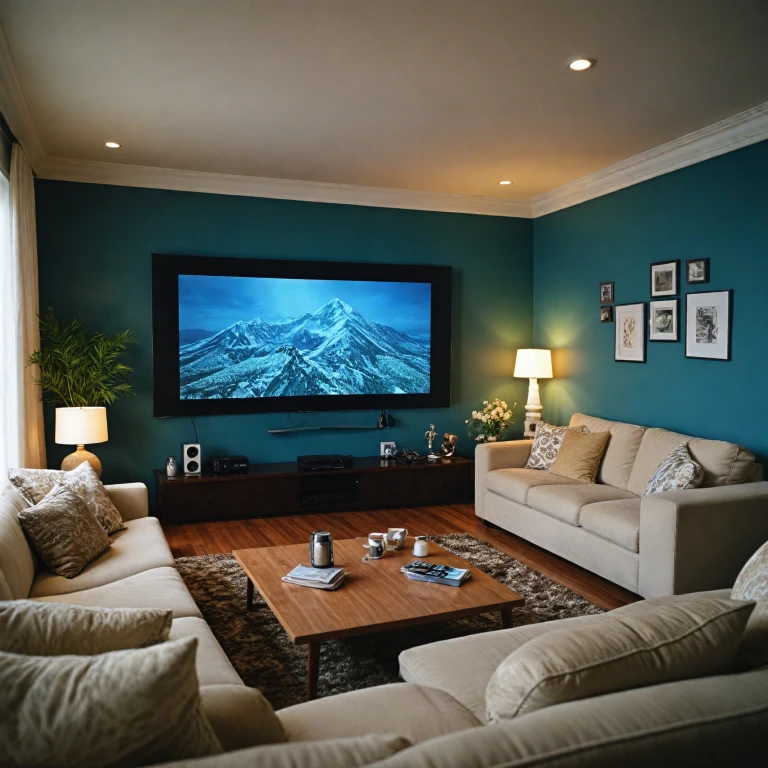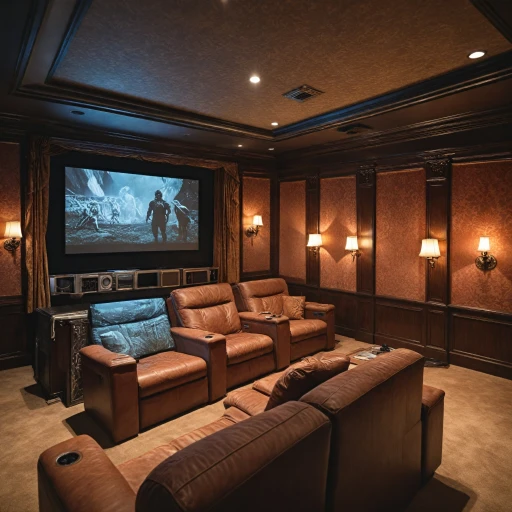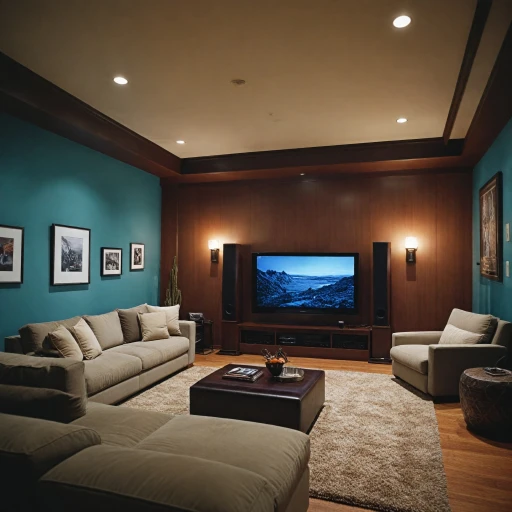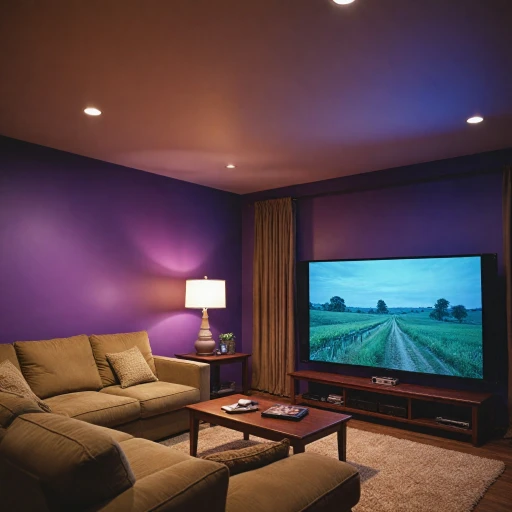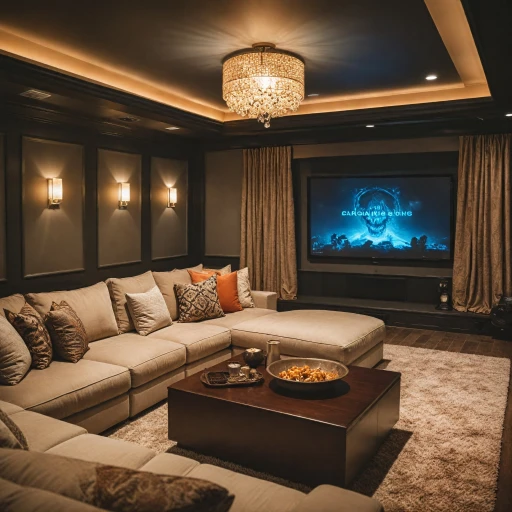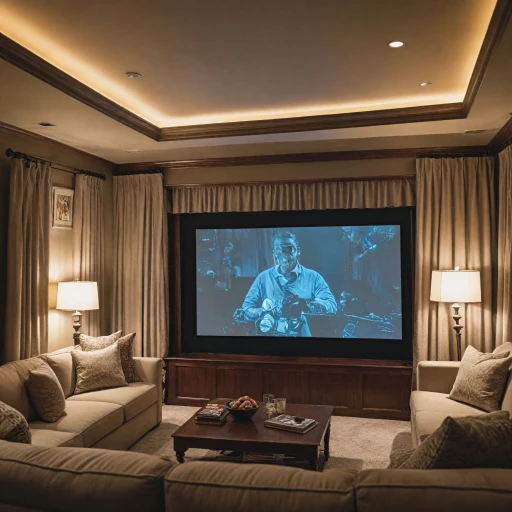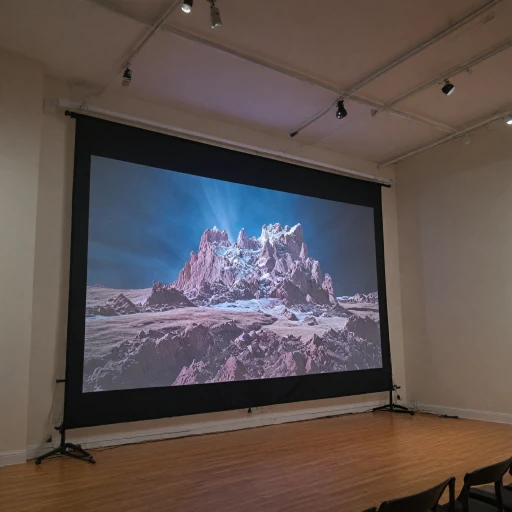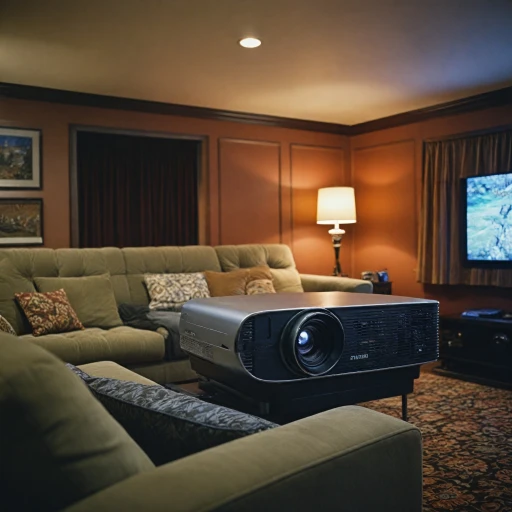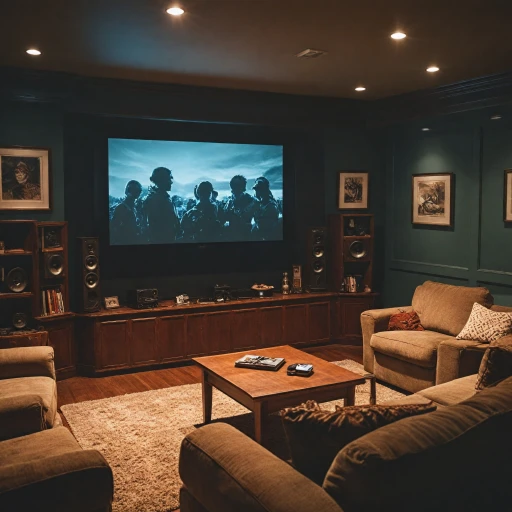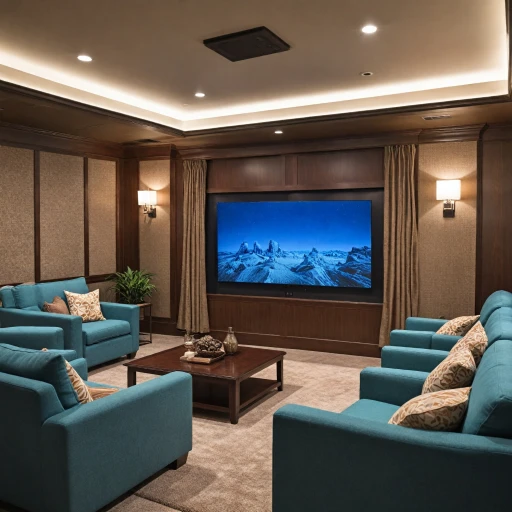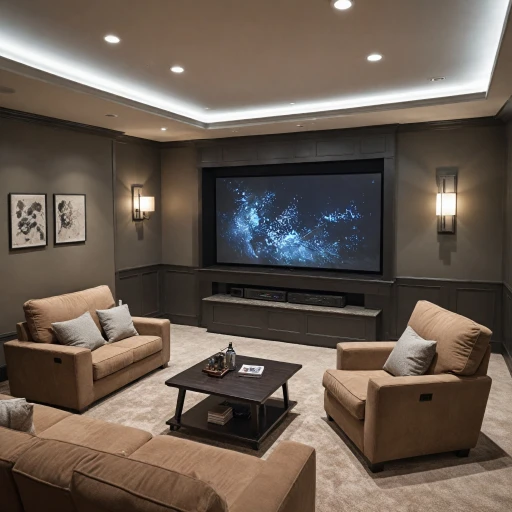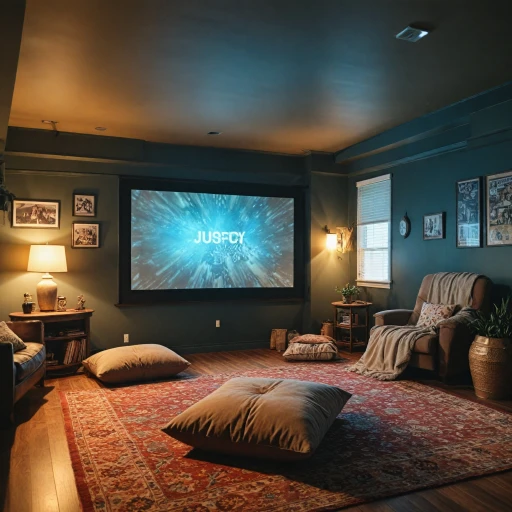
Understanding the Importance of Projector Accessories
The Role of Accessories in Optimizing Projection
When setting up a home theater system, many focus primarily on the projector. However, a significant part of enhancing your viewing experience lies in the accessories that complement it. These accessories play crucial roles, from maximizing image quality to ensuring a seamless integration within your space.
One primary accessory to consider is the projection screen with the right fabric, which can dramatically affect the image clarity and color accuracy. The choice of screen materials like aluminum or specially coated fabrics can impact both the screen's durability and its ability to reflect light optimally. By choosing the right materials, you often enhance the diagonal size and image height, providing a striking viewing experience for your home theater setup.
While projectors themselves project a certain price and watt consumption, accessories also come into play when budgeting. It's important to compare the advertised price of these accessories while keeping in mind the long-term benefits they bring to your setup. For instance, investing in fewer options that promise better quality can be more cost-effective than opting for cheaper, less effective products.
Ultimately, selected accessories are not just add-ons; they complete the setup, ensuring you get the most out of your projector's projection capabilities. Whether it's to maintain a specific aspect ratio or simply to secure the projector and its associated equipment, accessories are indispensable in creating a perfect home theater experience.
Choosing the Right Projector Screen
When it comes to optimizing your home theater setup, selecting the right projection screen is crucial. The combination of screen fabric, aspect ratio, and diagonal size directly impacts the quality of your viewing experience. For those seeking clarity, let's delve into some essential elements to consider.
Understanding Aspect Ratios
Aspect ratio refers to the proportional relationship between the width and height inch of the screen. A 16:9 screen aspect ratio is widely preferred for home theater systems, mirroring what's used in most television broadcasts and many films. However, if you're an avid cinema-goer who appreciates the widescreen view, a 2.35:1 might suit your taste better.
Picking the Right Screen Size
The diagonal size of your screen plays a pivotal role in achieving that immersive experience. Consider the room size and seating arrangement — too large a screen in a small room can strain your view, while too small a screen limits the cinematic impact. Often advertised, screens ranging from 100 to 120 inches offer a balanced choice for most spaces.
Material Matters
The screen's material is just as important as its size and shape. Materials like aluminum bring a lightweight design to products, but the screen fabric, often made from specialized inch materials, dictates image quality. Higher gain screen fabric can enhance brightness in rooms with ambient light, while acoustically transparent options optimize sound transmission.
Budgeting and Options
Ultimately, your choice might come down to price. It's wise to price compare different models, ensuring the advertised price fits within your budget. While pro models offer superior quality, even budget options can deliver excellent image projection with the right accessories. For a deeper dive, explore how to select the right fabric for your projector screen on our Choosing the Right Fabric page.
By understanding these key factors, you'll be better equipped to make an informed decision, ensuring your projector's hour of service is maximized for the best movie nights at home.
Sound Systems: Enhancing Audio Experience
Enhancing Your Audio Experience: Key Components
Home theater projectors create an engaging visual experience, but the right sound system is crucial for bringing a cinematic feeling to your home. Sound systems can vary widely in terms of wattage, price, and overall quality, so it’s essential to weigh your options carefully. When selecting an audio setup, compare advertised specifications such as the watt output and cdw image. These metrics can help determine how well a sound system will fulfill your needs in different room sizes. Here are some important factors to consider:- Type of Sound System: Soundbar systems, surround sound systems, and standalone speakers each offer different advantages. Soundbars are compact and may suit smaller spaces or fewer options view, while comprehensive surround sound systems provide an immersive experience.
- Speaker Configuration: Consider the number of speakers and their placement in relation to your projector screen. A 5.1 or 7.1 system will provide a more enveloping sound than a simple stereo setup.
- Wattage and Sound Clarity: Higher wattage generally allows for greater sound output but always compare watt to see fewer advertised discrepancies. Ensure that the system can deliver clear audio at high volumes without distortion.
Mounting Solutions for Optimal Viewing
Secure and Streamlined: Mounting Techniques for Projectors
Mounting solutions play a crucial role in achieving the optimal viewing experience with your home theater projector. Ensuring that the projector is correctly mounted not only secures the unit in place but also enhances the overall viewing quality by providing an accurate image projection. First, you need to decide on the appropriate mounting option. Ceiling mounts are popular because they keep the projector out of the way and provide a consistent image height that aligns perfectly with the screen’s diagonal size. Another option is a wall mount or a stand, often useful when wanting a more flexible setup or when dealing with limited space; they allow for quick adjustments of the inch materials and the angle of projection. When comparing product types, consider the weight of your projector in lbs and ensure that the mount can support this. Additionally, keep an eye on the materials used in the construction of the mounts. Durable options like materials aluminum offer resilience and fewer risks of sagging or instability. Aspect ratios and image diagonal size are other considerations when deciding on a projector mount. Ensure the mount allows you to adjust the projector to achieve the correct screen aspect and image height inch for your specific setup. This ensures that the projection aligns flawlessly with your projection screen and enhances your viewing experience. Furthermore, advertised products may come with various features such as cable management systems and adjustable arms. These can help streamline your setup and conceal cables, leading to a cleaner and more professional appearance. Several options are advertised, each with varying price points. It's essential to price compare, taking into account not just the advertised price but also the quality and functionality of the mount, ensuring you get the best value for your investment. Remember, investing in a quality mount not only ensures the safety of your projector but also optimizes your entire viewing setup, allowing you to fully enjoy the beautiful images projected onto your screen.Cables and Connectivity: Ensuring Seamless Integration
Cables and Connections: Bridging the Gap for a Seamless Experience
When setting up a home theater projector, one key area often underestimated is the selection of appropriate cables and connectivity options. Ensuring that these components are correctly chosen and installed can make a significant difference in the quality of your viewing experience. First, examine the essential types of cables—typically HDMI for most projector and screen combinations. HDMI cables are favored due to their ability to carry both audio and video signals with excellent quality. To gain the best result, opt for a cable that matches the resolution and bandwidth requirements of your projector. For instance, if your projector is capable of 4K, ensure your cable supports this level of clarity to avoid losing image detail. Next, let’s talk about connectors. The number of connection ports available on your device may vary with each product type and advertised price category. Some projectors come equipped with USB, VGA, and DisplayPort options, giving you fewer limitations on how to connect various devices. Compare these connections carefully against your audio and visual equipment needs. Also, consider the length and material of your cables. Cables too short will limit placement options, while overly long cables might contribute to clutter and potential signal degradation. Most commercially available cables come in standard lengths measured in feet, but their price can differ based on cable length and screen aspect compatibility. Cable and connector choices also indirectly affect the watt usage and cdw (characterized design weight) of the entire setup, thereby impacting overall weight (lbs) calculations of the projection system. Opting for lighter, high-quality materials can preserve both your image height and projection screen aspect ratio setup, maintaining an effective image projection with fewer disruptions. Ultimately, by meticulously choosing the right accessories to fit your setup requirements, such as HDMI cables for projection screens setup or other connection tools, synching your projector with the rest of the system can become a seamless process.Maintenance Accessories for Longevity
Keep Your Projector Running Smoothly
Maintaining a home theater projector involves more than just dusting it occasionally. Proper accessories can extend your projector's lifespan and ensure a consistently superb viewing experience. Here’s how you can increase your projector’s longevity:- Air Filters: These are crucial in preventing dust accumulation, which can obscure image quality and cause overheating. Regularly checking and replacing air filters as needed will keep the projector running efficiently.
- Lens Cleaning Kits: Ensuring the lens remains free of dust and smudges is vital for a clear projection. Use lens cleaning kits specifically designed for delicate optics to avoid scratches and maintain a sharp inch image.
- Screen Maintenance: In addition to the projector itself, maintaining your screen is equally essential. Whether made from aluminum materials or screen fabric, keeping it clean improves the image height and quality. Consider a professional cleaning service to tackle tougher stains or dirt that typical home cleaning might miss.
- Lamp Maintenance: The lamp is an integral part of your projector, and it's recommended to monitor the usage hours. As the lamp approaches the end of its lifespan, the image diagonal and overall brightness might diminish. Regularly check the advertised hour limit and plan a replacement accordingly.
- Environment Monitoring: The space where you set up the projector matters. Ensuring the room is adequately ventilated will help the projector to avoid overheating and operate at the mfg standard.
